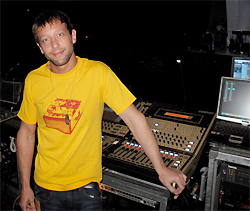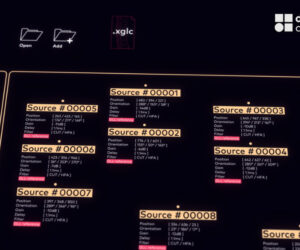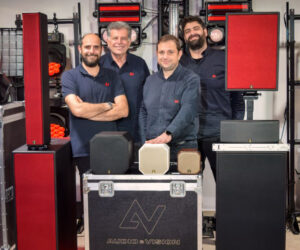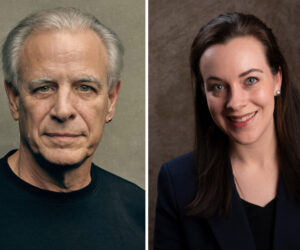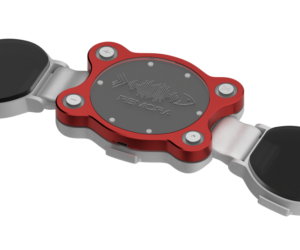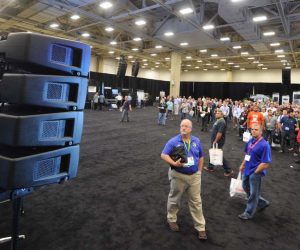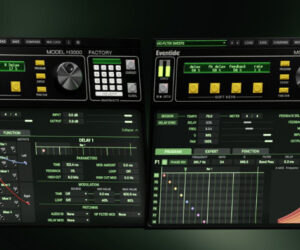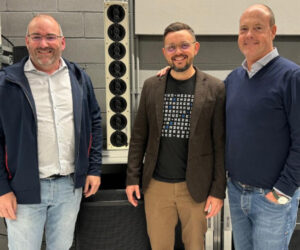Showcasing a pair of emerging retro soul artists—Bruno Mars and Janelle Monae, along with opening acts, Plan B, Patrick Stump and Mayer Hawthorne—the two-month ‘Hooligans in Wondaland’ tour wound its way through sheds across North America in early summer.
The Clair Global-supported outing was outfit with a double dose of DiGiCo SD8s—both equipped with DiGiCo/Waves SoundGrid bundle—plus two Digi-Racks (one stage 56 mic in/8 line out, and one local 8 mic in/40 line in/8 AES/EBU I/O, and 40 line out) per console.
The consoles were shared among the acts’ respective engineers: Derek Brener (Mars front of house), Mike Graham (Mars monitors), Reggie Griffith (Monae assistant front of house), and Alex McCloud (Monae monitors) and Clair systems tech Ben Rothstein.
Brener and Griffith spec’d the SD8 after a conversation when the two met up at the Grammy Awards show this past February. Among the selling points of the console were the amount of inputs/outputs available and the onboard integration of the Waves plug-in package.
“I had heard nothing but good things about the desk,” said Brener, “and when I was mixing monitors for Bruno when we were out with Maroon 5 in the fall of 2010, FOH engineer Jim Ebdon was using one, too. I was impressed with the sonic quality and footprint. Eventually, I got to mix Bruno on one in Amsterdam and was very impressed with the dynamic comps included in the EQs. When Janelle’s FOH engineer, Reggie Griffith, said he wanted to use one for the tour, I felt like the universe was conspiring in favor of this desk. The deal was sealed.”
With 54 stage inputs for Mars’ 8-piece band, Brener is also handling 6 FOH inputs (CD player, iPod, Pink Noise, FOH TB), and a number of outputs including Stereo Master, Stereo Aux Output for Subs, Mono Matrix Output for Front Fill (summed Stereo Aux), Stereo Video Feed (matrixed from the CD Player feed), Mono Listening Assisted Feed (matrixed from the Master Bus), Mono feed to Smaart (matrixed from the Master Bus), and Stereo Delay feed to TC Electronic D-Two Delay.
In addition, there’s a number of Physical Inserts to content with, which include 2 x Send/Returns for EL-8si Distressors on Bruno’s vocal and bass.
Brener utilized both the onboard effects and select plug-ins from the Waves bundle for Mars’ setr. “My favorite feature onboard is the dynamic EQ’s. They are easy to utilize and were very helpful given the dynamics of Bruno’s set. I can pinpoint frequencies that are either abrasive or create buildup when loud, yet retain nuance and timbre when soft. Specifically, I’m utilizing the Hall Verb for drums and horns and the Mono and Stereo delay for vocals. And from the Waves bundle, I am loving the R-Verb for vocals and C-4 comps for guitars.”
“Now that I’ve gotten to experience it over the last few months,” Brener continues, “I’d say sonically, the SD8 is the best digital desk I have used yet. It just doesn’t have that bite that you have to battle with a lot of EQ. It has a very smooth sound.”
With only a few hands-on days at Monae’s pre-tour rehearsals, Reggie Griffith relied heavily on the offline software editor to prepare the console and to get educated on the desk in order to handle Monae’s front of house needs. (Griffith shares mixing duties with Monae’s producer, Nate “Rocket” Wonder, who’s working on in tandem on a Yamaha PM5D).
“Having dynamic compression and EQ on each channel was very important, and we can still use that—as well as the Waves plug-ins—and not eat up any processing onboard,” Griffith says. “I’m using the Waves C4 on her vocals and sometimes I put a C4 across the master left and right. And, we’re using some of the plug-ins we used on the record, which was a bonus.”
Monitor engineer, Michael Graham manages an average of 50 inputs for the Mars and his 8-piece band. “It’s a pretty basic drum kit and rhythm section, but there are a lot of stereo keyboards and stereo playback lines from Pro Tools. I think one of the coolest features about the SD8, compared to other digital consoles out there, is the ability to consolidate stereo inputs to one input fader. It really frees up input faders on the work surface.
“As far as outputs go there are 9 stereo ear mixes for the musicians, 3 stereo ear mixes for backline techs and our playback engineer, 2 downstage center wedge mixes for Bruno, two sidefill mixes and a drum thumper. In addition to that, I’m using aux buses for two separate vocal reverbs and a drum reverb, which is a total of 35 aux outputs and I still have room to expand if I need to! You can’t find another console in this price range and footprint that can do that, and that’s one of the things that I like most about the SD8… it just does monitors well.
“There are other digital consoles out there that I think were designed for front of house and they can also do monitors. This one feels like it was designed with a dual purpose in mind from the start. I have had to cheat in the past to get more mix outputs with some of the bands I have mixed on other consoles. With the SD8 you don’t have to cheat to get more controllable outputs.”


